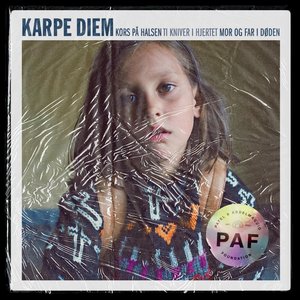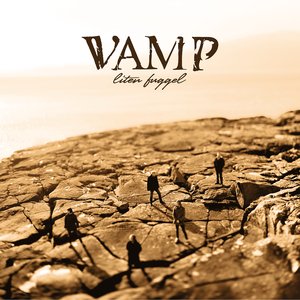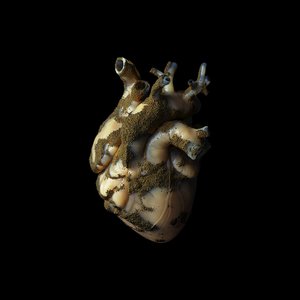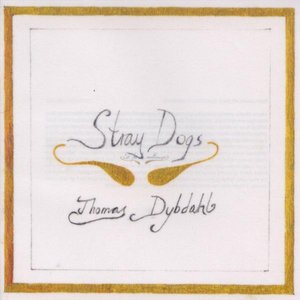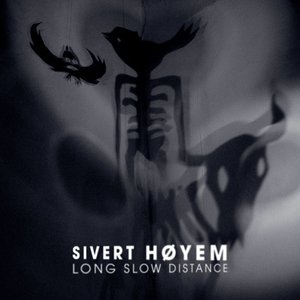Wiki
-
Release Date
7 October 2021
-
Length
10 tracks
Violeta Violeta Volume I is the sixth studio album by Kaizers Orchestra, the first installment in a trilogy of musically and lyrically connected album series known as Violeta Violeta, released on 31 January 2011. It marks a stylistic return to the microcosmic, interconnected "stories" told in lyrical form, from which the band diverged for a number of years after the release of Maestro in 2005, while retaining the deeper, more symbolic philosophic lyricism inherent in the songs of Maskineri; the sole contributing composer, Janove Ottesen, has referred to the style of the lyrical content as "magical realism".
The project began in 2007, when band founder and primary songwriter Janove Ottesen hit a major creative stride, composing as much as two to three songs a day for the duration of ten days. The style of most of these songs differed from the what Kaizers Orchestra was pursuing at that point in that their lyrics were all connected by a story arc, more reminiscent of their earlier material; as such, they were shelved for the foreseeable future. Arguably the first of these songs to be revealed was "Smil Far", which was recorded during the Maskineri sessions, but would not be released for a further two years. An incomplete recording of the band performing this song was released on the website of the Norwegian radio channel P3.
After the release of Maskineri in 2008, and Våre demoner, (a collection of re-recorded songs not previously released rather than an album consisting of new material) in 2009, the first new songs to surface were "Femtakt filosofi", "Philemon Arthur & the Dung", and "Sju bøtter tårer er nok, Beatrice"; the songs were premiered during an exclusive concert for the European Broadcasting Union in The Netherlands. The performances were recorded, and later uploaded onto YouTube by co-founder Geir Zahl as part of a project known as the "Monday Bootleg Tricolor", so named because they were released in sequence on Monday of three subsequent weeks.
The Violeta Violeta project, which would consist of the majority of the songs written during Ottesen's creative outpouring in 2007, was announced in early 2010, on the first day of Kaizers Orchestra's Studio Tour, whose proceedings would help finance their next studio album. Concert attendees were given a special mail-in card that could be mailed to a specific adress in exchange for a special limited edition version of Volume I. Ottesen cited a documentary for a charity drive, in which a girl named Violeta appeared, as the inspiration for the trilogy's name.
A mere week after the conclusion of the Studio Tour, Kaizers Orchestra booked Duper Studio in Bergen, Norway (where their first three albums were recorded), with Jørgen Træen, Yngve Sætre, and Ottesen himself acting as producers. Kaizers Orchestra would provide sporadic insight into the recording sessions on their official site, announcing the names of many song titles, as well as the musical and lyrical style of the songs in question. Both the first and second volumes of Violeta Violeta were recorded in quick succession, as both were intended for release in 2011.
The first single from the first volume of the trilogy was "Philemon Arthur & The Dung", released on 24 2010; the song was well received by both critics and fans alike, and even received a small modicum of chart success, staying on the official Norwegian singles charts for a week. In October, "Smil Far" was finally released on Hjertestups, a charity album for Tyrilistiftelsen, a Norwegian foundation for the aid of those afflicted by substance abuse.
For the release of the second single, "Hjerteknuser", Kaizers Orchestra hosted a contest allowing unsigned talent to record their own versions of the song, providing the official notation and lyrics to the song as a free digital download. The winner, moi, was given permission to release her version on Kaizers Orchestra's proprietary Kaizerecords label, and performed as a support act for Kaizers Orchestra in 2011. The third single, "Diamant til kull" was released after the album's release, and did not chart. For the fourth single, "En for orgelet, en for meg", the group collaborated with rap artists Prinz Pi, Timbuktu, and Blaxtar to create language-localized versions of the song to be released in said artists' homelands; Germany, Sweden, and The Netherlands, respectively. Furthermore, a remix was created by Norwegian rapper Tommy Tee.
As with all of Kaizers Orchestra's previous studio efforts, Violeta Violeta Volume I garnered significant critical praise and shot straight to the top of the VG-lista Top 40 album charts in the first week of its release.The music video for "Hjerteknuser" was nominated for the award for "Best Music Video" at the 2011 Spellemannsprisen award show.
Album descriptions on Last.fm are editable by everyone. Feel free to contribute!
All user-contributed text on this page is available under the Creative Commons Attribution-ShareAlike License; additional terms may apply.



